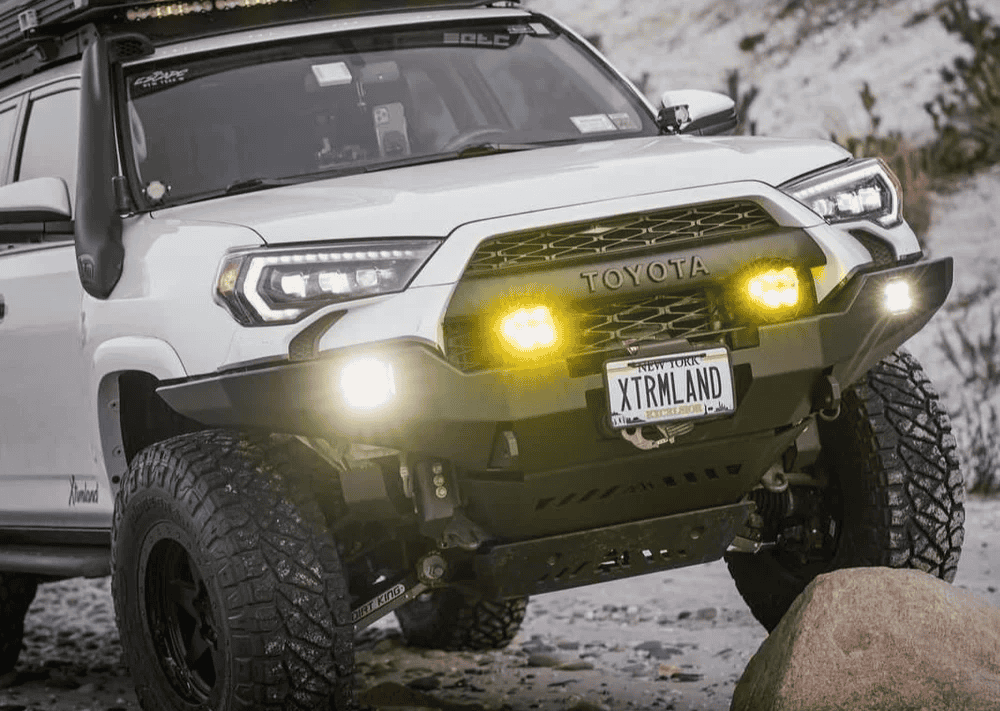Overland Vehicles

The ultimate overland vehicle is a system, not a single mod. Start with a reliable platform that fits your route profile and payload plan, then tune it to travel all day without drama. Overland driving is about controlled progress and self sufficiency, so aim for comfort at cruising speed and composure on rough tracks.
Think in terms of payload before power. Weigh your real kit, add water and fuel, then reserve margin for food and spares. The best overland truck carries weight within its limits and stops, steers, and cools properly when fully loaded. Frame strength, wheelbase, and cooling capacity matter more than headline horsepower.
Suspension should support weight without turning the ride harsh. Medium rate springs with matched dampers can keep travel smooth and controlled. Articulation helps, but damping quality and proper bump control keep the body calm over corrugations. Add protection where you actually touch down, not everywhere. Skid plates, rock sliders, and a front recovery point cover most trail hits.
Tires do the heavy lifting. All terrain tread with a strong carcass is the default for long mixed routes. Size for clearance and sidewall but do not chase height that kills gearing and braking. Airing down expands the footprint, softens chatter, and protects components by reducing impact loads.
Start with a platform that can be serviced in the regions you plan to visit. Simple engines, common parts, and known service intervals are worth more than niche tech far from home. Evaluate gross vehicle weight rating, axle ratings, and wheelbase against your load plan and turning needs. Place heavy items low and near the center to reduce sway, improve braking, and protect tires from heat.
Overland driving is a long game. Smooth inputs preserve traction and parts while keeping passengers fresh. Read the trail a few car lengths ahead and choose lines that minimize belly strikes and cross axle moments. Use momentum sparingly and rely on traction rather than speed.
Know your approach, breakover, and departure angles. Approach obstacles at a slight angle to keep only one side loaded and to protect the front valance. On loose climbs, place tires on high traction textures like embedded rock, not on dusty marbles. On descents, select low range early, let engine braking work, and keep weight settled.
Airing down is your friend, but learn your tire’s safe range under load. Use bead retention wheels when running very low pressure on rocky tracks. Carry a compressor and an accurate gauge, and re inflate before long pavement stretches to manage heat and tread life.
Traction begins with the tire, but driver judgment makes it work. Reduce pressure for compliance, then pick a line that keeps tires on features, not in ruts. Use lockers only when needed to avoid binding, and steer gently to protect shafts and joints. If you spin, pause, reverse a foot, and reset the line rather than digging a hole.
Recovery gear should match vehicle weight. A rated soft shackle, a pair of tree savers, and a quality kinetic rope cover most extractions. Traction boards double as ramps and shovel substitutes. A high clearance jack with a solid base plate works on sand and rock. Pack a tire plug kit and a full size spare.
Navigation is layered. Pair an offline topo map with satellite imagery and a paper atlas for context. A small handheld radio and a satellite communicator close the gap in remote areas. Power systems should be simple and redundant. A dual battery setup with a smart isolator or DC to DC charger keeps the starter safe while supporting a fridge, lights, and comms. Solar is great for base camp days, while alternator charging handles drive days.
Water storage should be secure and easy to clean. Plan on at least four liters per person per day in hot climates and add margin for cooking and washdowns. Filter on the way into the tank to extend service intervals. Build a routine around daily checks so issues are caught early and solved before they escalate.
Recovery planning begins in the driveway. Pre rig gear, practice safe signals, and assign roles before a trip. Keep navigation simple with prebuilt routes and known bailouts. Power your critical systems from a protected battery bank with labeled fusing and carry a basic meter to diagnose faults in the field.
When you are ready to translate knowledge into a proven platform, our team can help you move from ideas to a capable rig. Explore trail ready concepts on overland rigs, then see how a tailored installation comes together with custom overland upfit. If you want to understand our process, values, and build quality, start with why choose OZK Customs.
We design and build complete custom overland upfits and partial upgrades that match your payload, terrain, and travel style. From suspension tuning and armor to power, water, and interior systems, our Fayetteville Arkansas shop turns an overland truck into your ultimate overland vehicle, tested and ready for overland off road and overland offroad travel. Tell us where you plan to go and what you need to carry, and we will craft a setup that fits your life and keeps you moving.
Ready to build a capable rig that fits your routes, payload, and travel style? Tell us how you roam and we will design the right overland platform, built for your life and backed by our team.
ADDRESS:
6159 E Huntsville Rd, Fayetteville, AR 72701
PHONE:
(479) 326-9200
EMAIL:
info@ozkvans.com